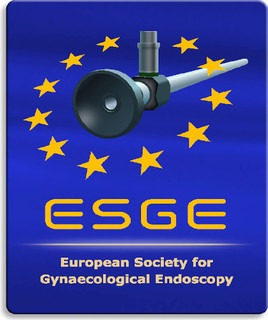No influence of the indication of freeze-all strategy on subsequent outcome to frozen-thawed embryo transfer cycle
Freeze-all, blastocyst transfer, IVF, frozen embryo transfer, progesterone elevation
Published online: Feb 20 2019
Abstract
Background: Freezing all embryos generated during an IVF/ICSI attempt is used increasingly as a strategy to optimize results. We investigated whether we could find differences in outcome between subpopulations of patients undergoing the so-called “freeze all” procedure.
Methods: Non-interventional, observational, retrospective study of 131 freeze-all cycles performed between July 2015 and December 2016 at the University Hospital of Ghent (Belgium). Freeze-all indications were categorized in 4 groups: group 1, high progesterone level (PE) on the day of hCG administration defined as >1.5 ng/ml (n= 50); group 2, risk of Ovarian Hyperstimulation Syndrome (OHSS) (n=38); group 3, partner donation in lesbian couples (n=23) and group 4, a miscellany of other reasons (n=20). Clinical pregnancy with fetal heart beat after the first thawed embryo transfer (ET) after ovum pick-up and cumulative clinical pregnancy rate per attempt were used as primary outcome variables.
Results: Clinical pregnancy rate (CPR) with fetal heart beat in the rst thawed ET and cumulative clinical pregnancy rate per cycle (CCPR) were not statistically different between the four groups. In the group of PE a cumulative clinical pregnancy rate was observed of 40,5%, this in comparison to the 3 other groups involving risk of OHSS (66,7%), partner donation (61,1%) and other reasons (57,1%). More rFSH was used in the group with Progesterone elevation (PE) (P=0.04), as described earlier in the literature.
Conclusion: Our findings indicate comparable (cumulative) clinical pregnancy rates per attempt between the four groups of freeze-all indications.



